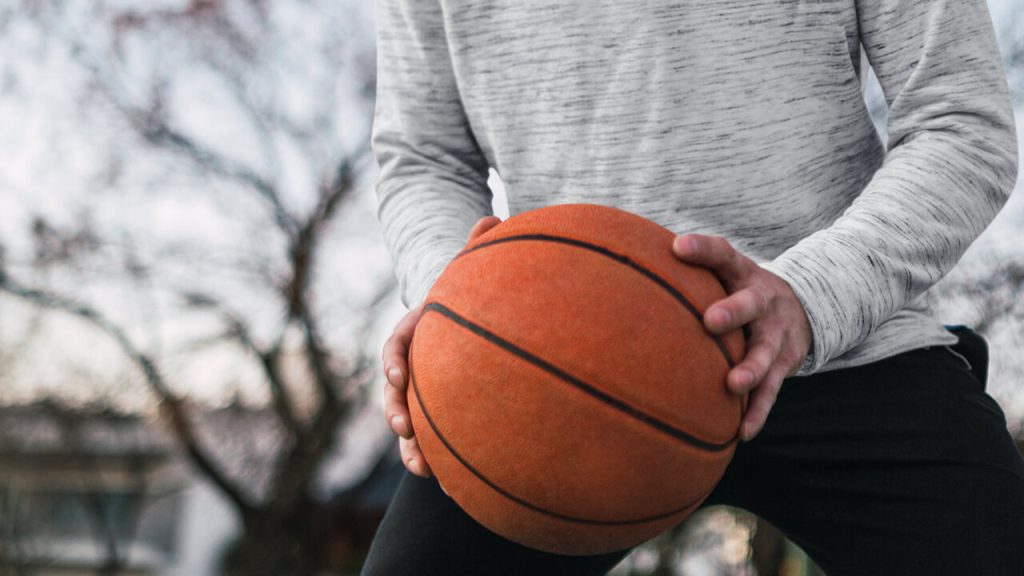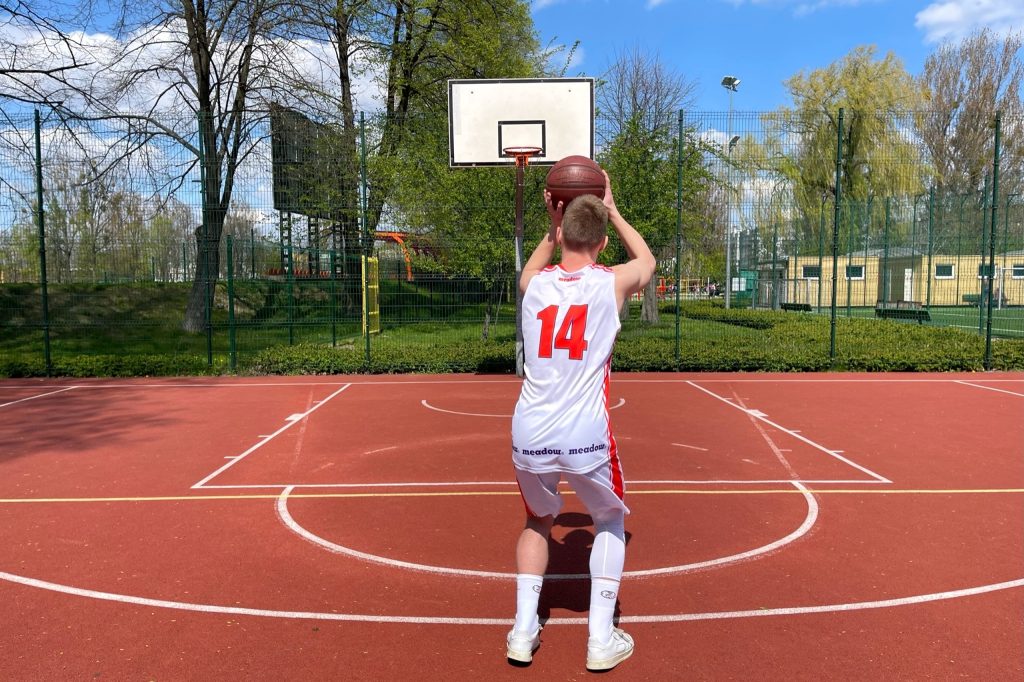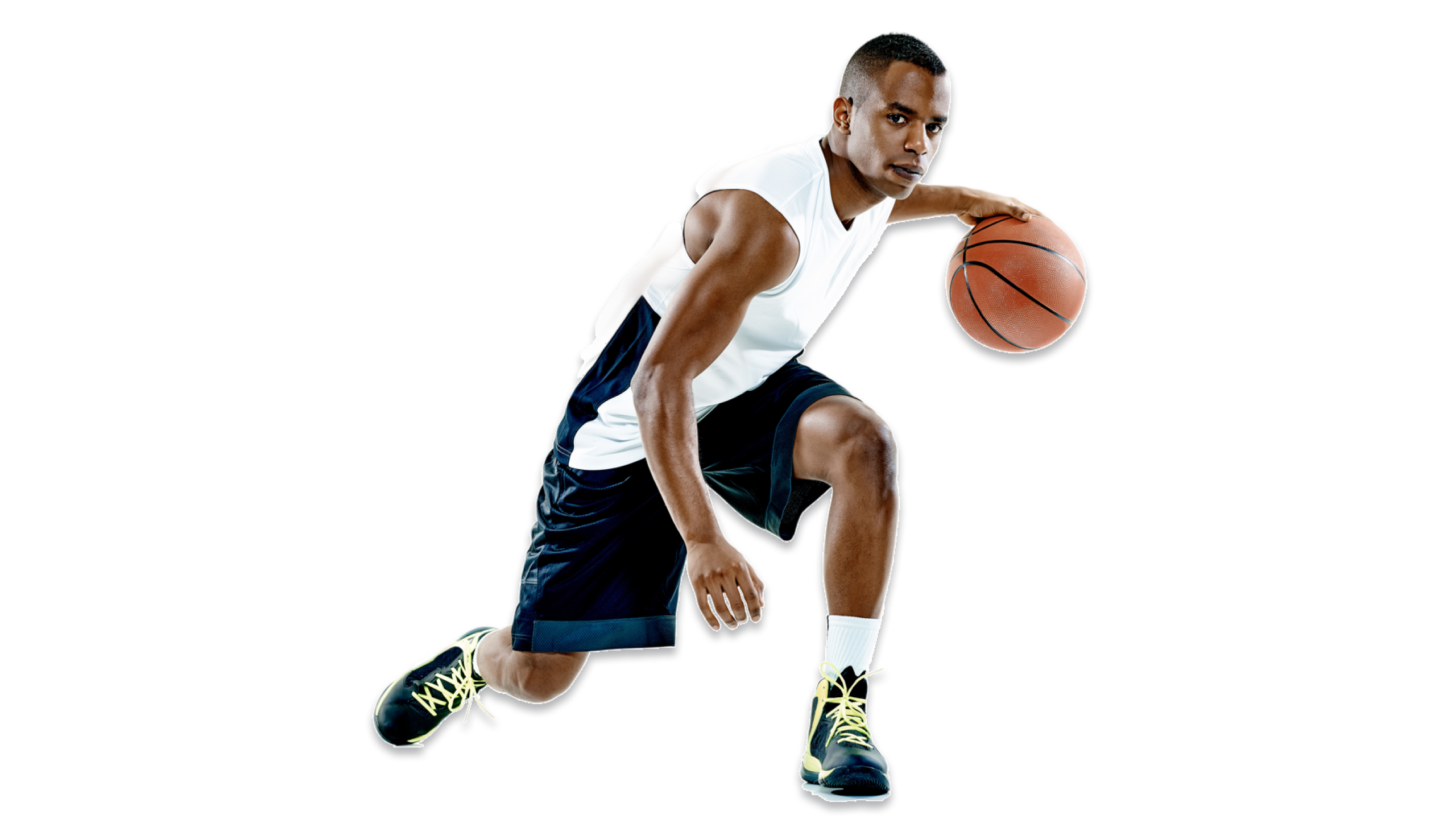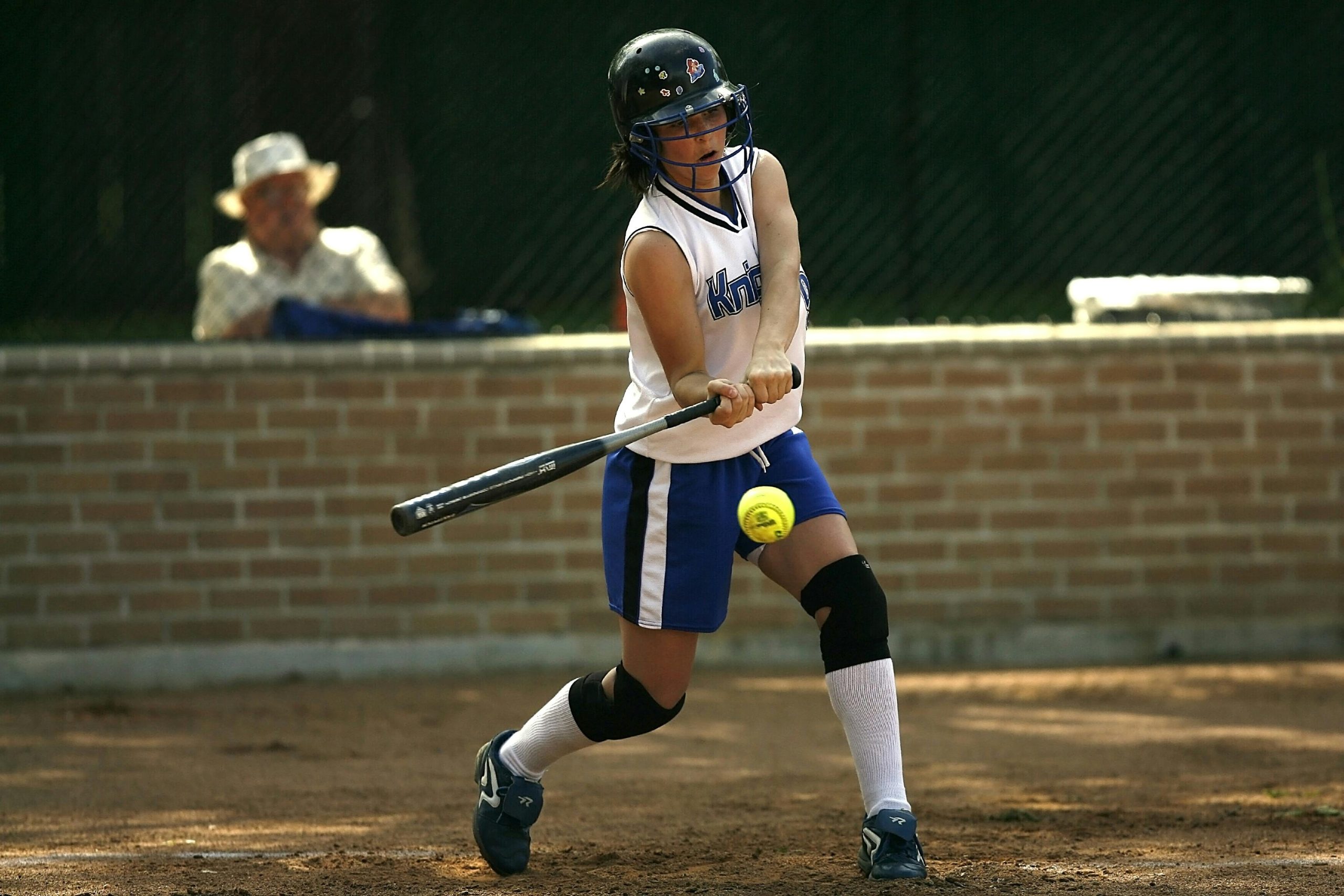Many basketball enthusiasts have no idea how to learn basketball at home. The good news? It’s totally doable—even if you don’t have a hoop or much space. Whether you’re just getting into the game or trying to sharpen your skills, you can still improve a lot right where you are. All you need is a bit of space, consistency, and some smart training.
This guide is for anyone who wants to get better without a gym. We’ll show you how to set up a home training area, work on your handles, footwork, shooting form, and more. By the end, you’ll have a solid plan to level up your game from home.

Why Train Basketball at Home?
There are plenty of reasons why you might want to learn basketball at home. Maybe the weather’s bad and the outdoor courts are snowed in, rained out, or just too cold to use. Maybe you live in an area without a gym nearby—or the gym hours don’t match your schedule. Sometimes, you just want to get in some extra reps, but you’re stuck at home after school, work, or late at night.
Training at home also gives you control. No waiting for court time, no distractions, and no need to impress anyone. It’s just you and the grind. That focus helps you work on the small details that often get overlooked in full-speed games. Learning how to learn basketball at home means turning any space into your own personal gym.
Step 1: Set Up Your Training Space
You don’t need a fancy setup to start figuring out how to learn basketball at home. A garage, basement, driveway, or even some spare space in your room can work just fine. The key is making sure the area is safe, has enough space for movement, and won’t cause damage or injury.
Here are some practical tips to make the most of your home setup:
- Use some kind of marker for drills – simulating the court layout helps build court awareness. Use anything that helps you visualize court positioning—from painter’s tape on the floor to cones, chalk, or even water bottles.
- If you’re indoors, get a non-slip mat or gym flooring – this reduces the risk of slipping and mimics real court traction.
- Don’t have a hoop? Use a wall target or a trash can – tape a square or circle on the wall to practice your passing and aim. If you want to simulate a shooting action you can always use an empty trashcan as your hoop.
- Small space? Focus on stationary and low-dribble drills – you can still improve your ball control, coordination, and reaction time without moving around much.
Ball Handling
This is where you’ll make the most progress at home. Ball control is huge in basketball, and it’s easy to train even in small spaces. Even if dribbling’s not an option—maybe you’re indoors and worried about noise or damaging the floor—you can always roll the ball through drills to build feel and ball control.
Start with basic drills:
- Pound dribbles (left and right hand): Build hand strength and rhythm. (skip if you are unable to dribble indoors)
- Crossovers: Work on speed and hand transition.
- Between the legs: Develop coordination and ball protection.
- Behind the back: Great for quick changes and shielding the ball.
Then level up:
- Zig-zags (if you’ve got room): Add footwork to your handles.
- Change-of-direction drills: Train reactions and movement.
- Two-ball dribbles or use a tennis ball: Improve focus and coordination with extra difficulty.
Keep your eyes up, stay low, and go for control over speed. Daily reps build muscle memory and confidence with the ball. If you’re rolling the ball instead of dribbling, get creative with your drills. Challenge yourself to move the ball in unconventional ways to simulate real-game awkward moments. Learning to control the ball in uncomfortable situations will improve your confidence when you’re forced into tough spots during actual games. The more creative you get, the more you’ll be ready for any movement or situation that comes your way on the court.
Basketball Footwork
Great footwork is often underappreciated in basketball training, but it’s absolutely essential. Mastering your footwork can improve every part of your game—shooting, defense, and offensive movement. In fact, some of the greatest players, like Kobe Bryant and Michael Jordan, spent countless hours working on their footwork in small spaces, whether in the locker room, weight room, or at home. This shows that you don’t need a full court or even a hoop to work on this crucial skill. The beauty of training footwork at home is that it doesn’t require much space or gear, making it perfect for getting to know how to learn basketball at home.
Focus on these key drills to improve your footwork:
- Jump stops and pivots: Practice stopping quickly and pivoting in both directions. This helps you maintain control and balance during offensive and defensive plays.
- Jab steps and drop steps: These are essential for creating space from defenders and making your moves unpredictable.
- Defensive slides: Great footwork is key for staying in front of your man on defense. Practice sliding side-to-side with low hips and quick reactions.
- Quick first-step drills: Exploding off the line is crucial for getting past defenders and reacting to the game’s flow.
Use cones or tape to mark your directions. If possible, record yourself on video, use a mirror, or use a professional instant feedback app like the Video Delay Instant Replay mobile app. Clean, sharp footworkb makes a player look smooth and effective on the court, and with consistent practice at home, you can perfect this skill no matter where you are.

Basketball Shooting (Without a Hoop)
Yup, you can absolutely train your shooting form, even if you don’t have access to a hoop. In fact, shooting is one of those fundamental skills that you can work on consistently from home. The key to improving your shot without a hoop is focusing on form, consistency, and muscle memory.
Try these drills to hone your shooting skills without needing a hoop:
- Wall shooting: Find a spot on the wall and aim for it while focusing on your shooting form. Pay attention to your follow-through and wrist snap to ensure you’re building proper mechanics.
- One-hand shooting: This drill isolates the movement of your shooting hand and wrist. By practicing one-handed shooting, you build wrist control and develop the strength and precision needed for a consistent shot.
- Seated form shooting: Sit down and focus on shooting with just your upper body. This drill helps you isolate and perfect the upper body mechanics of your shot, focusing on hand positioning, follow-through, and the arc of your shot.
If you have access to a hoop (even a mini one or a hoop on a door), you can still practice a lot of shooting skills:
- Spot shooting: Pick a spot on the hoop and take shots from various spots around the area. Focus on your form and consistency.
- Shooting off the dribble: Work on your pull-up jump shot by dribbling and then stopping to shoot. This helps build fluidity in your shooting motion under pressure.
- Catch-and-shoot: If you have a partner or a wall to pass against, practice catching and shooting quickly. The key here is the timing between the catch and release, along with getting into your shooting motion quickly.
Whether you’re shooting with a hoop or without, focus on consistency and backspin. Backspin helps you get more control over the ball and improves accuracy. If possible, record yourself to review your form and spot any areas that need improvement. Remember, consistent practice with proper form is a key factor in knowing how to learn basketball at home and improving your shooting technique.
Basketball Passing
Passing is a crucial skill that can be developed even when training alone at home. Whether you’re working with a wall or a partner, focusing on your technique will improve your passing accuracy and decision-making under pressure. Here’s how you can work on it:
- Solo drills: Use a wall to practice chest, bounce, overhead, and one-hand passes to a marked spot. Focus on precision and power.
- Challenge yourself:
- Pass with your weak hand for balance.
- Add footwork like pivoting into a pass.
- Practice quick-release or no-look passes for game-like situations.
- Partner drills:
- Pass under pressure with a partner, simulating a defender.
- Use targets or practice quick chest passes with a partner to improve timing.
By regularly practicing these drills, you’ll develop muscle memory, improve your passing speed, and enhance decision-making. With consistency, you’ll get a lot closer to figuring out how to learn basketball at home.
Coordination & Balance
Coordination and balance are often overlooked but are essential for improving overall basketball performance. The better your coordination, the smoother your ball-handling, footwork, and reactions will be on the court. Training these areas helps you stay agile and make quicker decisions under pressure.
Here are some key drills to enhance coordination and balance:
- Juggling (2 or 3 balls): Juggling is an excellent way to improve hand-eye coordination. Start with two balls and try to catch them in a rhythm, then progress to three balls to challenge your focus and multitasking abilities. This will transfer to better ball-handling and quicker reflexes during gameplay.
- Jump rope: Jumping rope helps improve footwork, timing, and endurance. Try variations like single-leg jumps or double-unders to challenge your coordination while building stamina and agility.
- Reaction drills: Tennis ball drops or color cue drills improve your ability to react quickly to unexpected changes in the game. Drop a tennis ball and catch it as quickly as possible, or use colored cards to signal when to make a move. This trains your brain to process stimuli faster.
- Balance drills: Balancing on one foot or using a Bosu ball helps strengthen your core and stabilizing muscles. These muscles are crucial for maintaining control while dribbling, shooting, and defending. Try balancing for 30 seconds on each leg or perform squats while on the Bosu ball for added challenge.
Add these drills as warm-ups before your main training session or as finishers to cool down. Improving coordination and balance leads to smoother movement, quicker reactions, and more control on the court, giving you a competitive edge when learning how to learn basketball at home.
Conclusion
Knowing how to learn basketball at home is all about consistency and smart training. Whether you’re working on coordination, dribbling, footwork, passing, or shooting, each area plays a crucial role in becoming a well-rounded player. Dribbling drills improve ball control, footwork makes your movements sharper, passing helps with decision-making, and shooting practice enhances your form and consistency. Even without a hoop or gym, you can still make significant progress with dedication and creativity in your drills. With regular practice and the right mindset, you can elevate your game right from the comfort of your own space.
Frequently Asked Questions
Can I really improve my basketball skills without a hoop?
100%. Ball control, footwork, and shooting form can all be trained without a rim.
How long should I train basketball each day
Aim for 30–60 minutes. Short on time? Even 20 focused minutes works.
What if I don’t have much space for basketball training?
Focus on low dribbles, footwork, and form shooting. You can do a lot in a small area.
Are there any apps that can help me learn basketball faster?
Yes, many coaching apps can help you progress faster. The best app for beginners working on their basketball technique is a video delay app. Seeing your action helps catch mistakes early, correct bad habits, and reinforce proper technique faster than just “feeling” your way through practice. Proper video feedback is essential when you’re still learning basic basketball moves.



